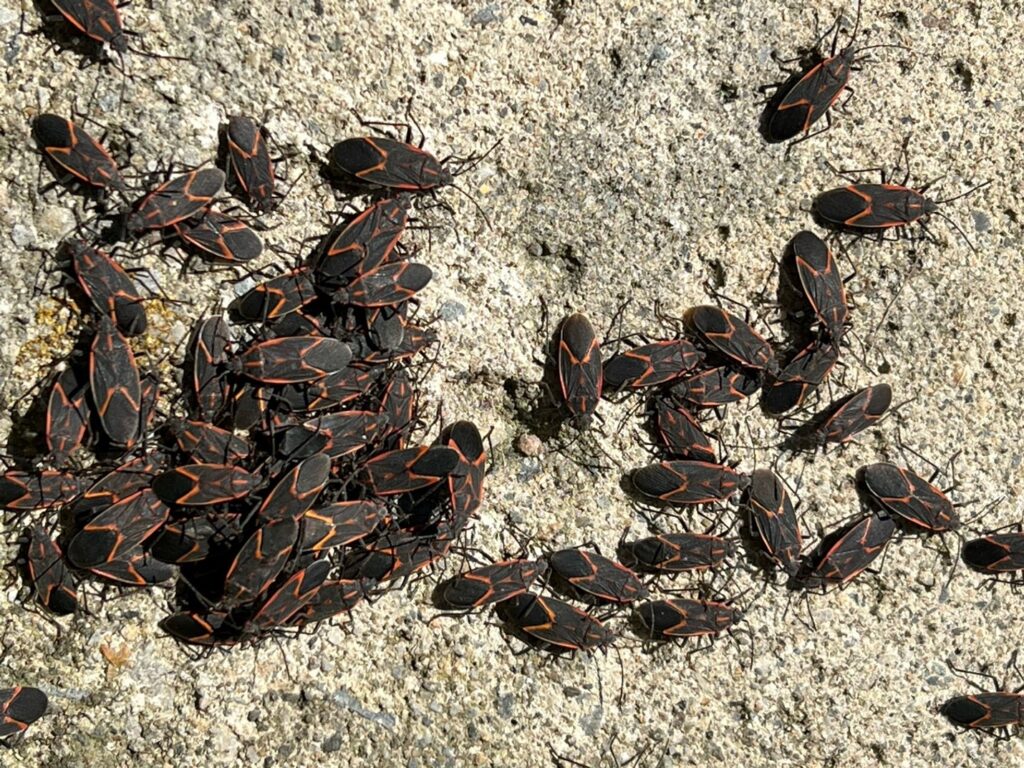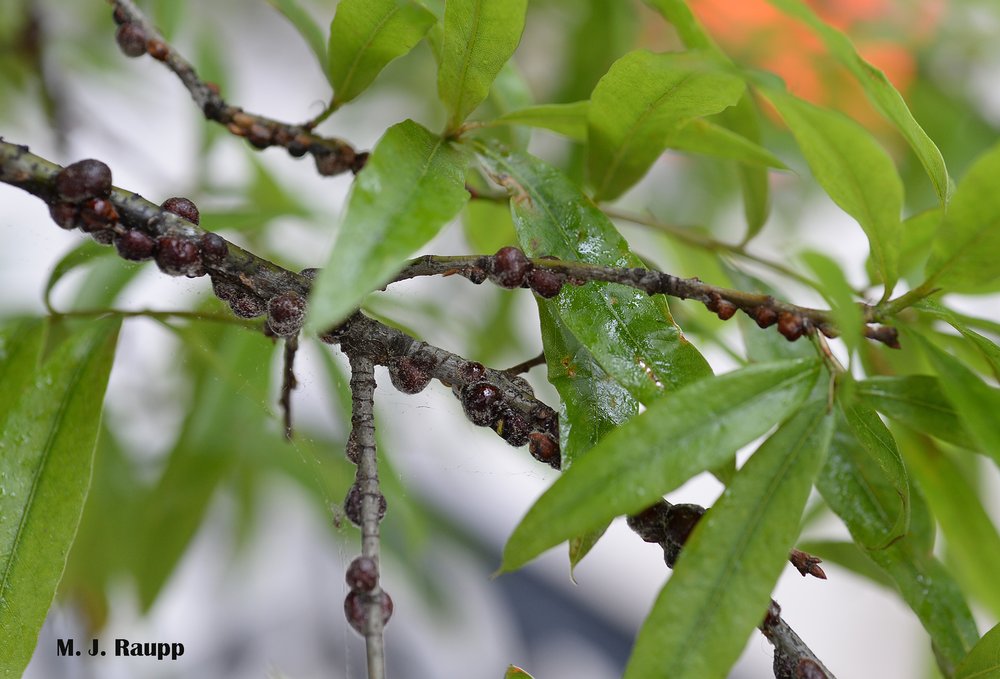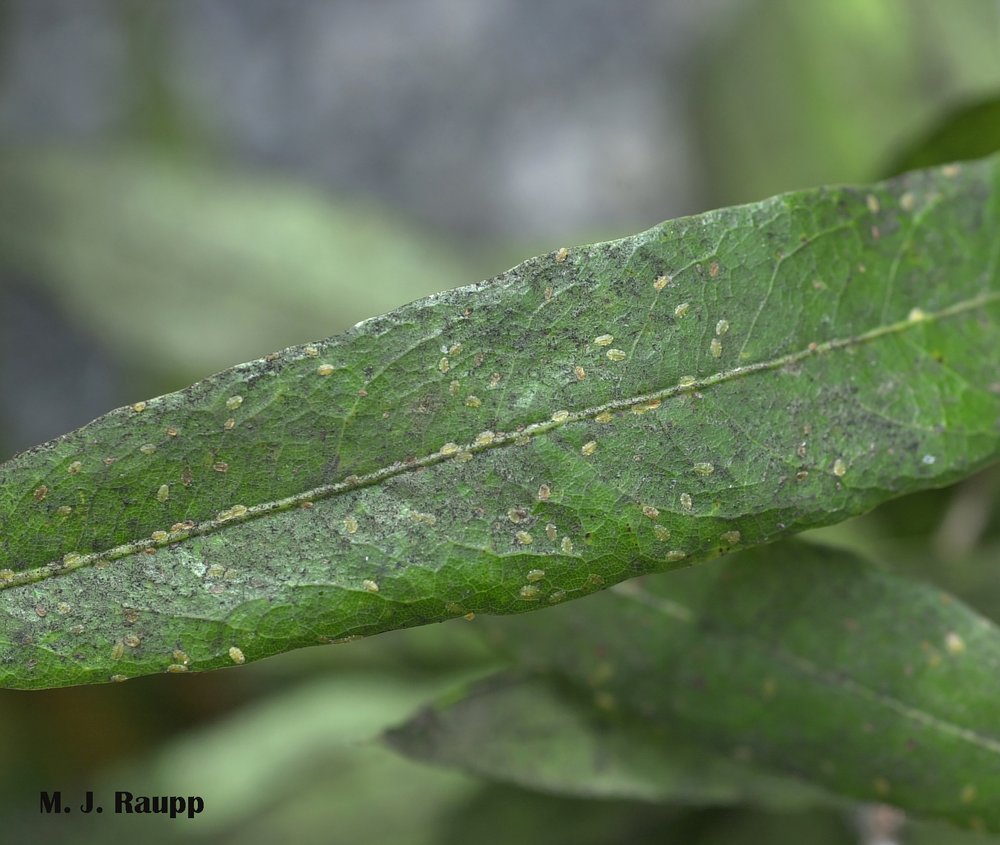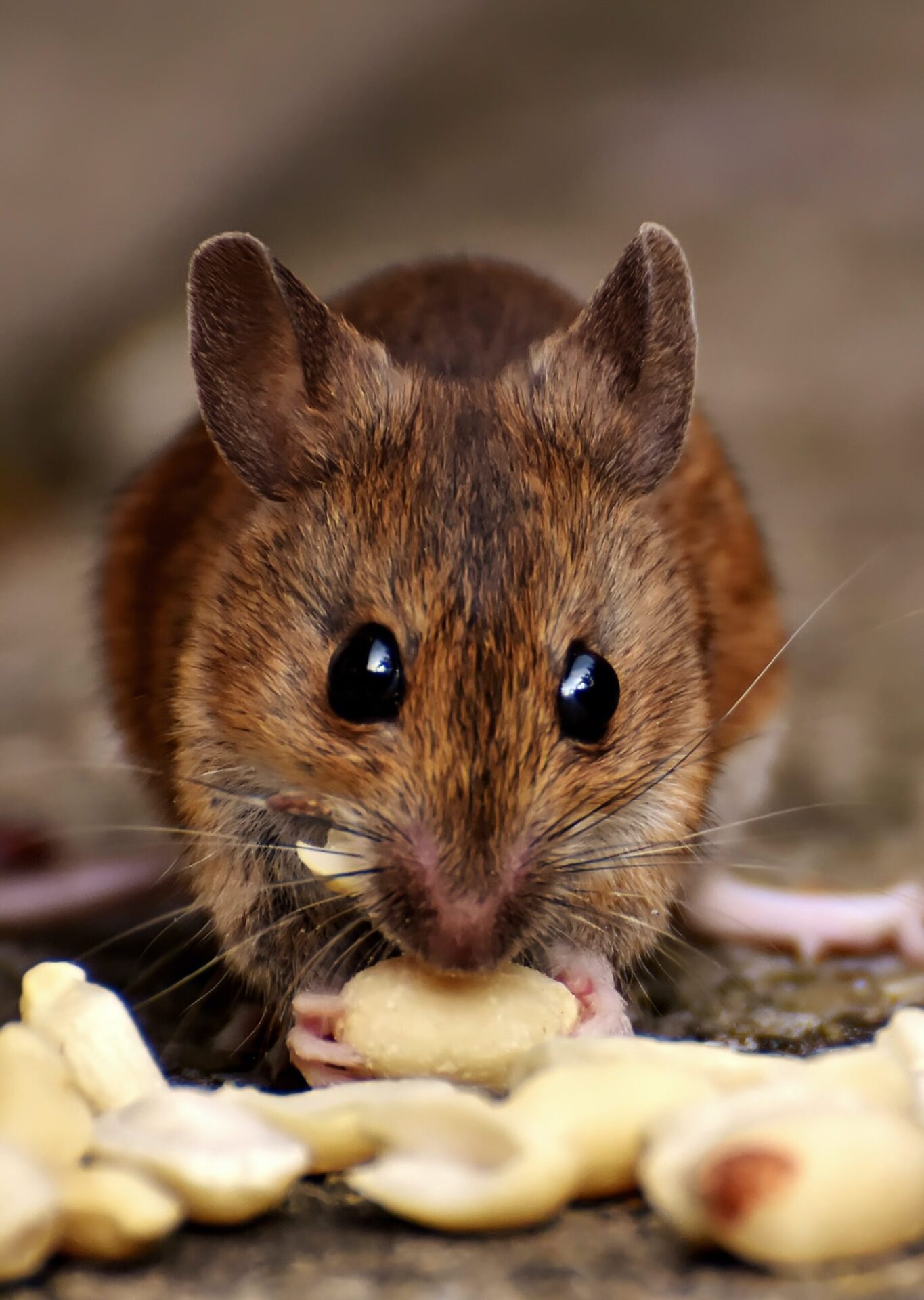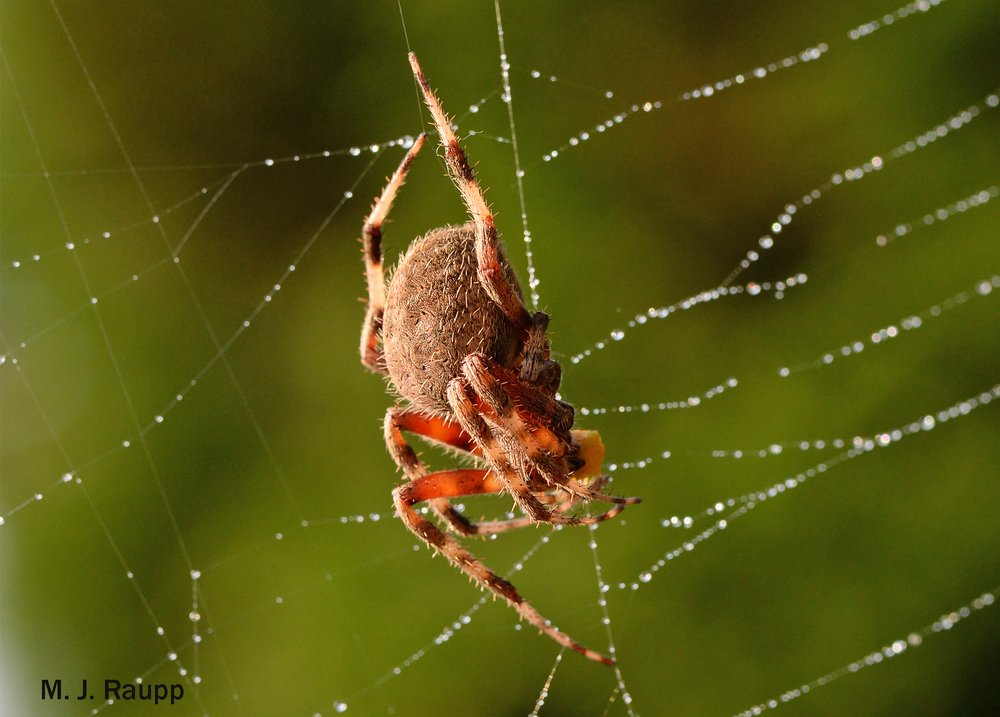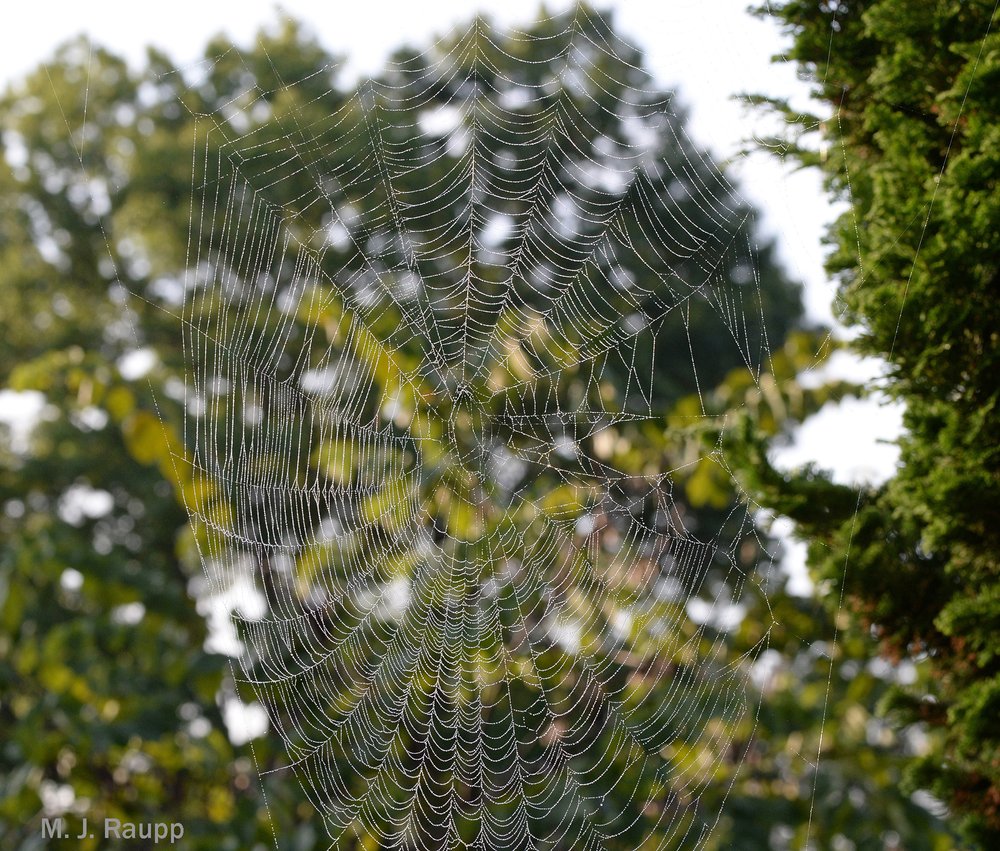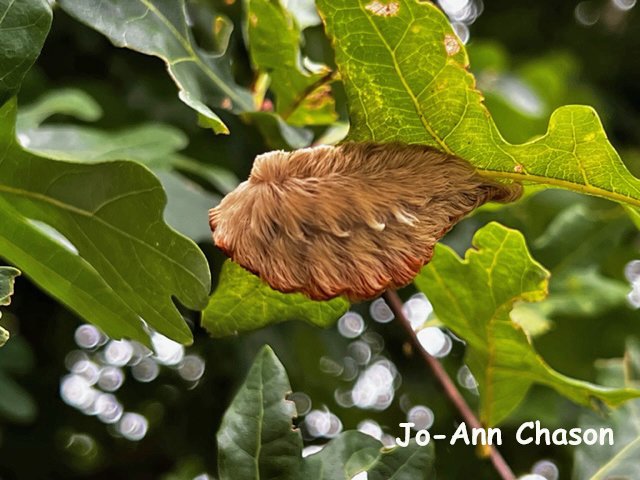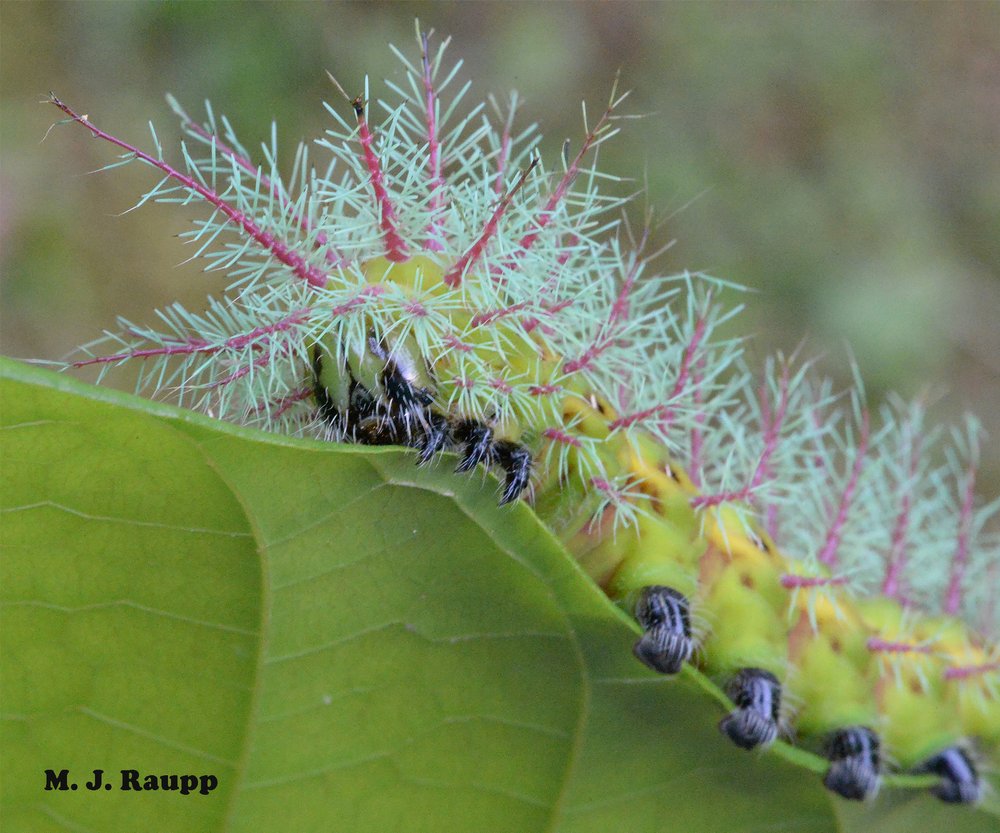The Best Way to Get Rid of Rats in Your Home
Learn How to Get Rid of Rats, Cleanup After an Infestation and Prevent Future Rat Infestations
If you live in one of the approximately 21 million homes in the United States plagued by rats or other rodents every year, you already know just how destructive these little pests can be. Gnawing wires, getting into food items, and leaving droppings everywhere are just a few of the hazards that rats pose to humans.
In addition to making a mess, rats also carry dozens of diseases that can affect people and pets, these illnesses include hantavirus and leptospirosis.
To add to this nightmare, rats can breed quickly.
A single female can give birth to six litters of five to 12 pups every year. Those pups mature within five weeks, making prompt action essential for preventing a full-blown infestation.
How to Get Rid of Rats in Your House
To get rid of rats in your house, it’s important to act at the first sign of rat activity.
To handle the infestation without professional assistance, the U.S. Centers for Disease Control and Prevention (CDC) recommends using traditional snap traps to help reduce the number of rats living in the home.
But do-it-yourself efforts sound easier than it truly is. Humans are at risk of catching rodent-borne illnesses, so not only is the infestation a cause for concern but so is the potential of contracting a disease.
Calling for professional help is the most effective way to get rid of rats and keep the rodents out. Catseye Pest Control has more than 30 years’ experience in the industry. We provide a customized approach to quickly get a handle on any infestation and necessary clean up afterward.
Rat Prevention 101
The best way to get rid of rats is to never let them in the house. Although that’s easier said than done — after all, these critters can fit through holes as tiny as 20 millimeters wide — homeowners and renters can take steps to prevent rat infestations.
A few preventive measures to consider include:
- Seal the home: Installing an exclusion system for a permanent barrier is the ultimate in protection.
- Tidy the yard: Overgrown vegetation provides shelter to rats outdoors and can help them climb onto homes and buildings. Keep the yard mowed in addition to trimming trees and shrubs to remove any limbs that overhang.
- Install tight-fitting garbage lids: Rats love garbage. Don’t extend an invitation for them to come find their next meal. Instead, add tight-fitting lids and keep cans out of the sun to reduce smells that might attract rats.
- Revamp food storage: Human and pet foods attract rats indoors. Eliminate potential food sources by storing everything in thick, air-tight containers and storing items in the refrigerator when possible.
Frequently Asked Questions
What Scent Will Help Keep Rats Away?
Rats have a strong sense of smell. Using certain scents may help repel them from homes, buildings, and properties. Strong scents, including spicy, astringent, and menthol smells may help keep rats away, although homemade repellents rarely effective. Examples include:
- Clover
- Peppermint oil
- Citronella
- Eucalyptus
- Chili powder
- Mothballs
- Bleach
- Ammonia
- Scents from predators, such as cats, ferrets, or racoons
How Do You Keep Rats Away Permanently?
Permanent control relies on a multi-step approach, starting with removing rats and thoroughly cleaning affected areas. Ongoing monitoring and treatments help to catch new infestations and remedy the situation quickly.
Filling holes and cracks that provide entry points and installing professional exclusion systems from companies like Cat-Guard provides a safe, natural, permanent barrier to keep rats out.
What Will Make Rats Run Away?
You may hear about anecdotal remedies like ultrasonic devices, which use sound waves inaudible to humans and pets to repel mice, as effective methods to keep rats away for good. However, little scientific evidence supports their use. Adopting a predator like a cat, ferret, or snake may help, particularly if the animal leaves a scent to repel rats.
The most reliable way to get rid of rats quickly is to call a professional who has the necessary expertise to remove, treat, and prevent rat infestations.
Professional Rat Control and Exclusion Services
Although these efforts may help to keep rats away, or make the critter think twice before entering the home or other structure, nothing will prevent an infestation quite like professional rat control and exclusion services.
Our top-tier defense, better known as Cat-Guard Exclusion Systems is the best way to keep pests and rodents outside where they belong, permanently. The system is comprised of three levels, each designed to defend specific areas of a structure.
- Upper Cat-Guard: From the top of the first-floor windows to the peak of the roof, Upper Cat-Guard shields homes from rodents like rats, squirrels, or bats. This service is perfect for homes with chimneys that are more easily infested by wildlife.
- Lower Cat-Guard: From the first-floor windows down to the ground, Lower Cat-Guard shields homes and structures from critters like chipmunks, snakes, and opossums entering or causing damage.
- Trench Guard: Trench-Guard ensures low-clearance areas like decks and sheds are protected from skunks, raccoons, rats, and chipmunks. Trench-guard will go below the surface to ensure that borrowing pests are unable to enter a home.
Contact Catseye Pest Control for Professional Rodent Solutions
Rats carry diseases and wreak havoc on homes, businesses, and properties.
If you have tried unsuccessfully to control the situation on your own or you want to get ahead of it from the beginning, contact Catseye online or by calling 888-260-3980.
A highly-trained technician will come to you and provide a thorough inspection of the property before creating a fully customized plan to get rid of rats quickly and effectively.
The post The Best Way to Get Rid of Rats in Your Home appeared first on Catseye Pest Control.
This article appeared first on Catseye Pest


